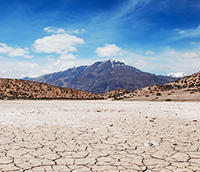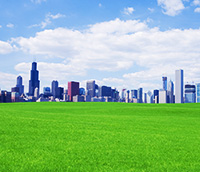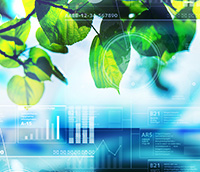- TOP
- >
- Addressing Climate Change
Climate change can create risks for businesses. For instance, it may impact the operation of our plants in the form of a natural disaster. On the other hand, it can be recognized as a trigger for increasing society’s need for our low-carbon -footprint steel products.
We view the following as risks associated with climate change:
- ・Increasing costs due to regulations and systems put in place to curb climate change in light of the Paris Agreement
(e.g., rising prices of steel products with “carbon pricing,” rising electricity cost due to an increase in the charge for renewable energy, etc.) - ・Growing social awareness of climate change, development of related evaluation systems (e.g., CDP), and possible decline in our reputation due insufficiency in our response to such moves
- ・Suspension of operation due to failure of production facilities or network malfunction of logistics, sales or procurement caused by a natural disaster
- ・Inability to operate business at seaside plants, logistics centers, etc. due to rising sea levels
We view the following as opportunities associated with climate change:
- ・Increasing demand for low-carbon-footprint steel products due to regulations and systems put in place to curb climate change in light of the Paris Agreement
- ・Expansion of the market for low-carbon-footprint steel products in step with growing social awareness around climate change
- ・Potential for establishing a competitive advantage for low-carbon-footprint steel products when a fair tax burden that reflects CO2 emissions by product is introduced to curb climate change
- ・Potential to secure an environmentally competitive advantage for our products due to the fact that our products, which we produce by smelting steel scrap with the electric arc furnace process, can reduce CO2 emissions by about 1.5 tons per production of one ton of crude steel, compared with production with the blast furnace process.
- ・Potential to secure an environmentally competitive advantage for our products due to the fact that steel scrap as the main raw material of our products is generated abundantly in Japan and therefore CO2 emissions from its transportation are significantly smaller, compared with raw materials for blast furnace steelmaking transported from very distant locations.
- ・Japan’s steel industry being allowed to contribute to CO2 emissions reduction as continued R&D efforts broaden the scope of application of our products to replace blast furnace steel products.





